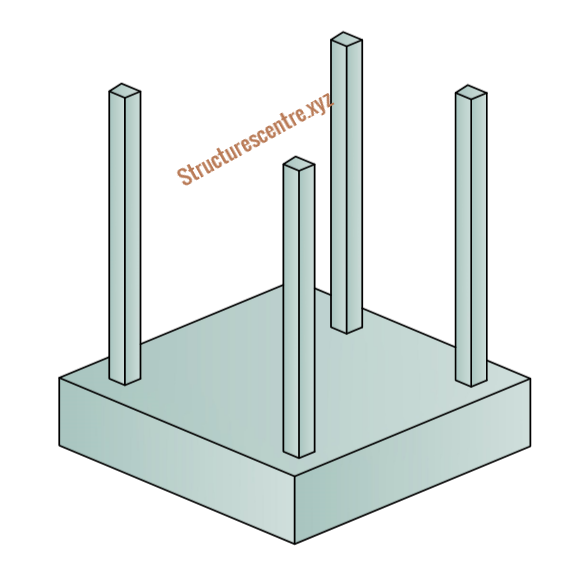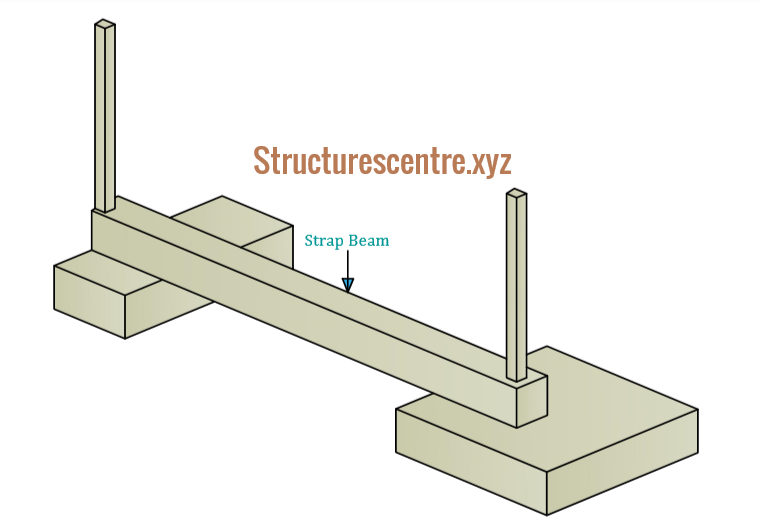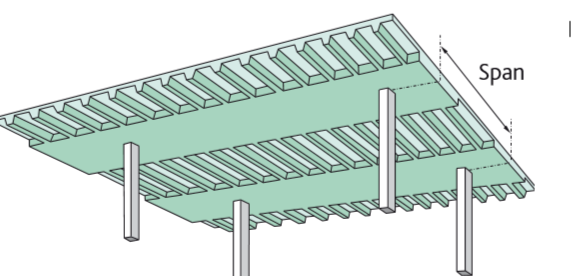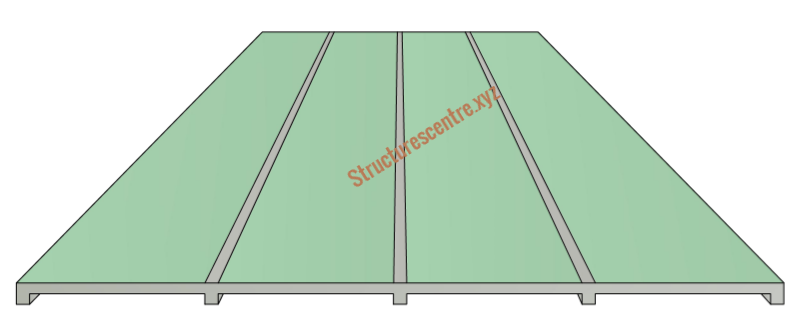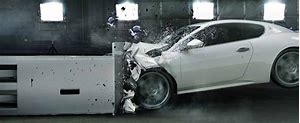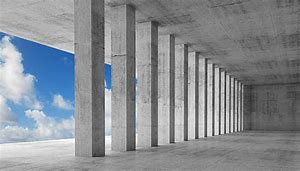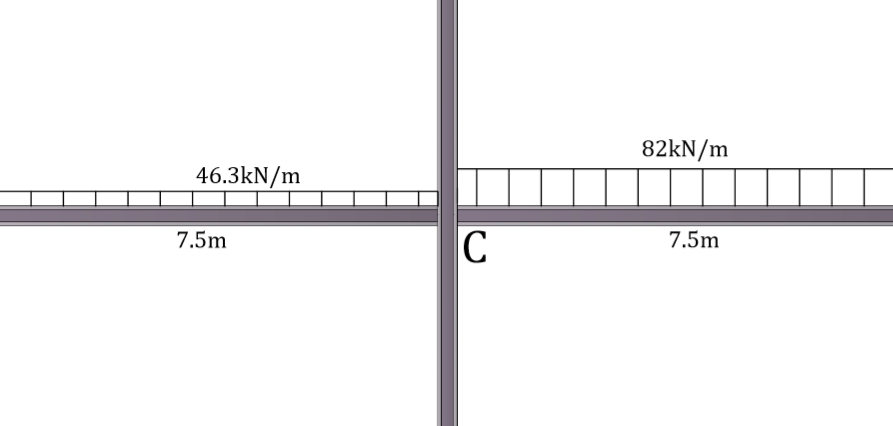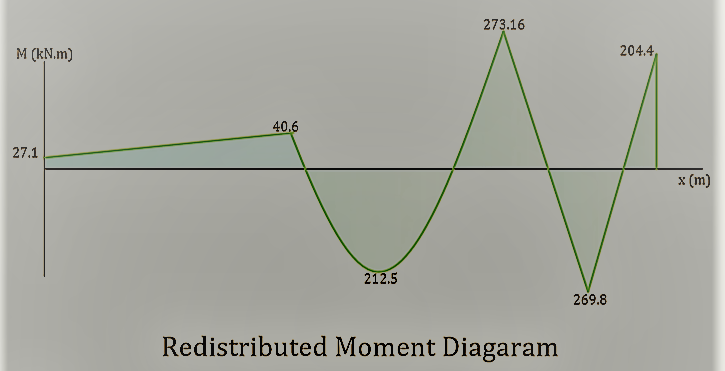Spread foundations supporting two or more columns are classified as combined footings. Sometimes, it becomes necessary to combine the footing for two or more columns…
The last post was an introduction to the design of high-rise buildings, the main focus of that post was on the design considerations and how…
The strap foundation belongs to the family of spread foundation. It is very useful where the base for an exterior column must not project beyond…
Introduction In the design of reinforced concrete element, the tensile stress in the concrete element is assumed to be fully carried by the reinforcement. This…
One way slabs are the most basic form of slab and beam construction, generally employed for utilitarian purposes in offices, retail developments, warehouses, stores and…
Introduction This post concerns the application of lateral loads to barriers and wheel axle loads from vehicles. The nature of this type of loads may…
Introduction The subject of this post is the design of reinforced concrete columns to BS EN 1992-1-1 Eurocode 2: Design of Concrete Structures-Part 1-1: General…
Introduction Before a column can be designed, the actions to which it must support must be determined. This includes the axial compressive forces and bending…
Introduction Moment redistribution must not be confused with moment distribution, as the two terms are distinctly dissimilar in meaning. Moment distribution is an approximate method…
In this article, we are going to consider how to break down structures into simpler units called a ‘sub-frame’ that can be analyzed discretely.
